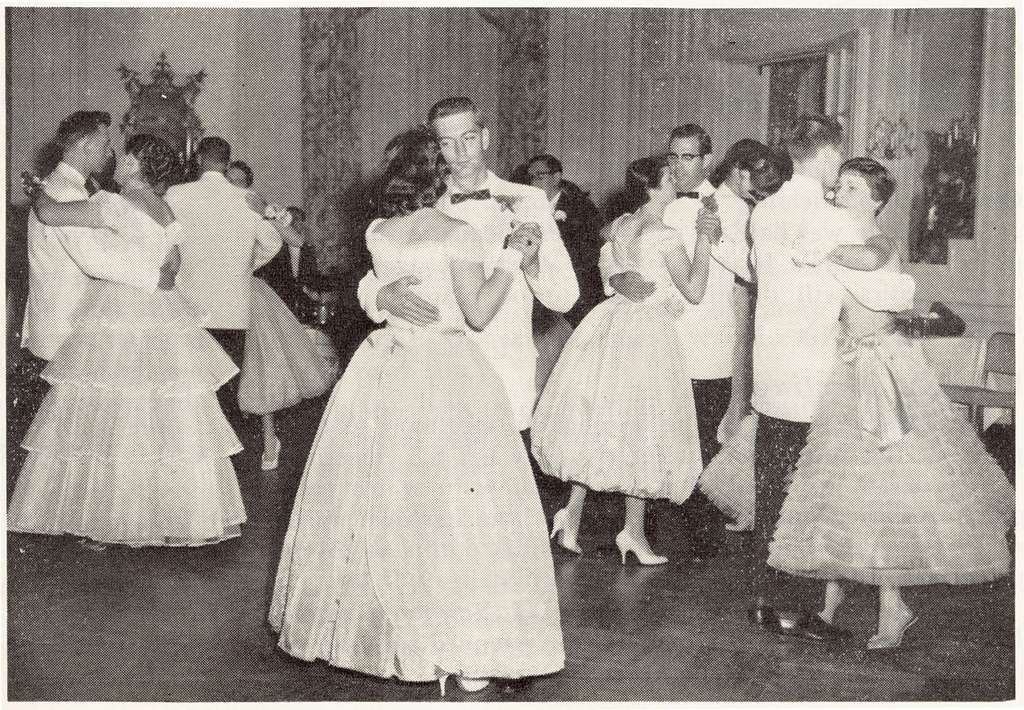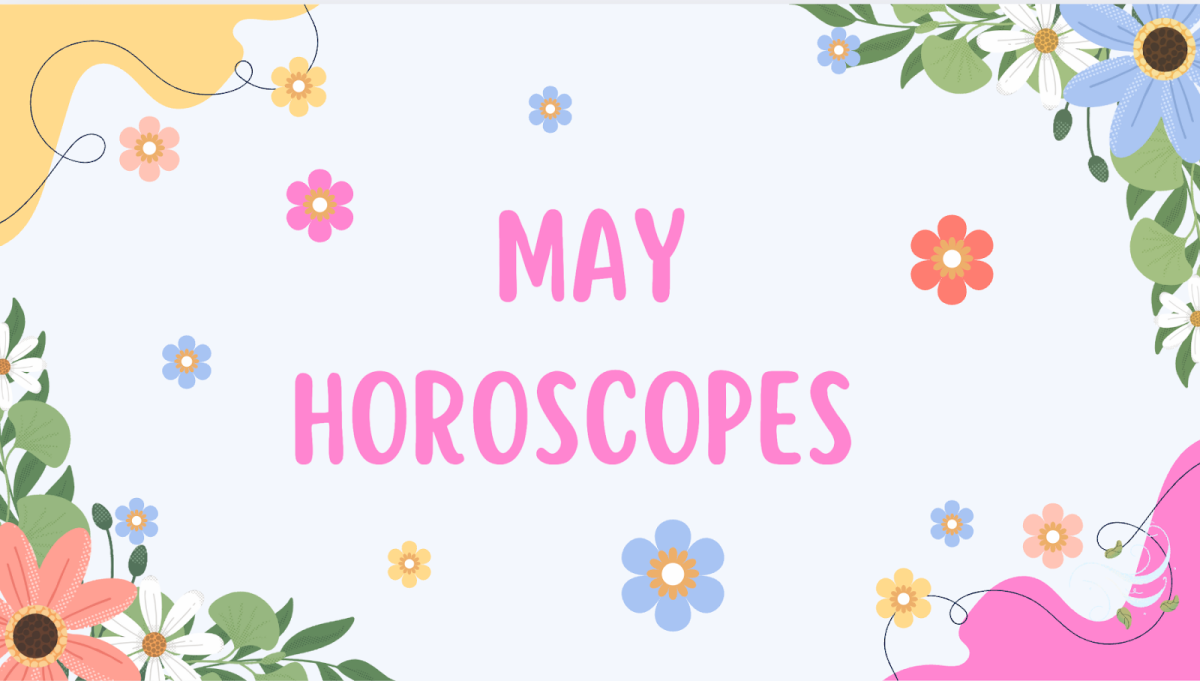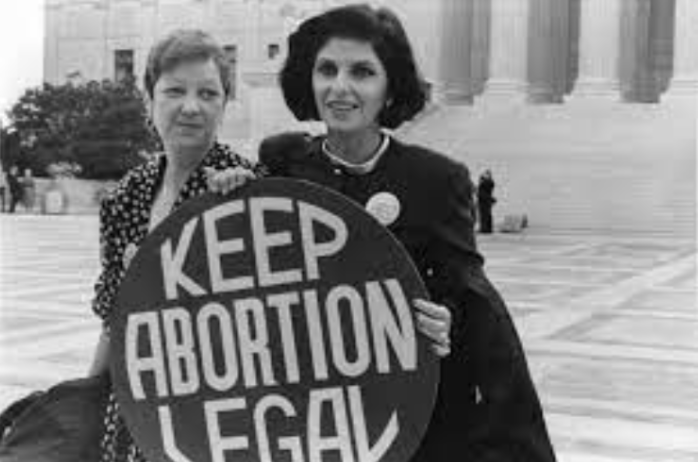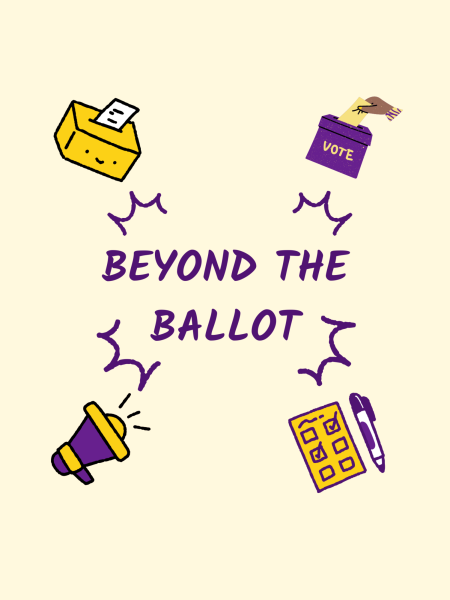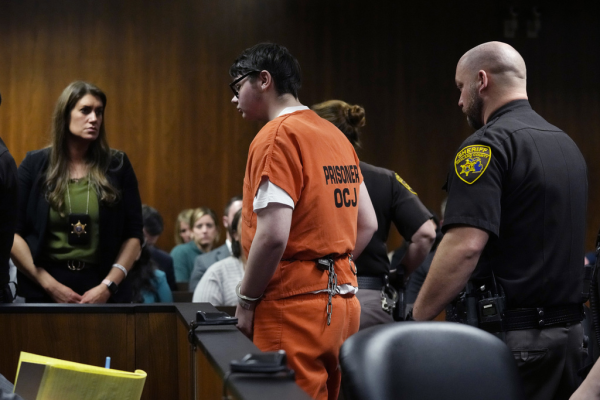Roe v. Wade: Its history and overturn
The 7-2 decision by all-male justices in favor of abortion rights and the 5-4 decision to overturn Roe v. Wade raised suspicion and concern among some people.
Licensed by Creative Commons
Norma McCorvey (left) and her lawyer in front of the Supreme Court steps.
The 1973 lawsuit Roe v. Wade resurfaced in the media after it was overturned on June 24 by the United States Supreme Court. While restrictions were imposed on abortions in each state since the first ruling, the right to receive and perform an abortion remained an option.
A week later, President Joseph Biden signed an executive order about abortion access and patient data.
The decision also overturned cases Dobbs v. Jackson Women’s Health Organization and Planned Parenthood v. Casey. In 1992, the latter allowed each state to control based on fetal viability, or a fetus’s likelihood of surviving birth, which can be as early as 24 weeks.
Before Roe v. Wade was established as a landmark decision, it was illegal to perform and receive an abortion in certain states.
Norma McCorvey (pseudonym Jane Roe) argued that the 14th amendment protects liberty and said that taking away a woman’s choice to an abortion is unconstitutional. However, Henry Wade argued that it protects the states’ right and duty to defend those who cannot defend themselves, such as fetuses.
After deliberation, the right to an abortion was granted throughout the country by the amendment’s right to privacy.
The 7-2 decision by all-male justices in favor of abortion rights and the 5-4 decision to overturn Roe v. Wade raised suspicion and concern among some people.
Although Roe v. Wade was praised by pro-choice supporters, arguments made on Roe’s side were based on interpretation, and some say that abortion is not a constitutional issue, but one for the states. Some justify the overturn and think the Constitution had no reference to the right to abort.
Religion, specifically Christianity, contributed to the history of abortions in America. This includes the pro-life movement in the late 1800s when the Catholic Church banned abortions entirely. The American Medical Association also attempted to criminalize abortions in the late 1850s.
The distribution of contraceptives through the mail became illegal in 1873 through the Comstock laws. Eventually, abortion rights were outlawed in the 1880s in a majority of American states.
As a result, abortion rights movements began after the 19th amendment was passed in the 1920s. In 1965, the U.S. Supreme Court denied a law banning birth control for married couples. Five years later, before Roe v. Wade became a case, states like Hawaii and New York legalized abortion.
According to Texas law during the 1970s, abortion was only allowed if the situation was life-threatening. The only way for a woman in McCorvey’s financial situation to receive an abortion was illegally.
In 1973, the Supreme Court ruled in favor of Roe, but they agreed that the right to privacy does not relate to abortion, so the states have the power to regulate abortion.
They also said that it is not the state’s right to decide when life begins due to freedom of religion. Many who practice Judaism believe life begins at birth while many who practice Catholicism believe it begins at conception.
Some argue that the ban of abortions only prevents safe ones. According to data from Guttmacher Institute, the rate of illegal abortions per year before 1973 was over one million. After legalizing abortion, the rates remained about the same, but the deaths due to abortion decreased.
Pascack Hills students shared their reactions to the overturn.
“The fact that the majority of people voting on the issue were men is appalling, especially for women’s reproductive rights . . . It is unfair that women are now being criminalized and are forced to carry out a pregnancy because the government is now choosing what a woman should do with her body,” said rising senior Stephanie Ye.
Andrew Varian, a rising Hills sophomore added, “Personally I feel that women should have the right to an abortion. I feel it could be an option for rape and incest, if the women’s life is at stake, or if the baby has many underlying life issues [affecting the pregnancy].”
Protests supporting pro-life and pro-choice beliefs were held after the decision across the country. Both mainstream parties have received thoughts on the decision from residents, many who closely follow it and impacts on each side.
Sources:
https://www.supremecourt.gov/opinions/21pdf/19-1392_6j37.pdf
https://supreme.findlaw.com/supreme-court-insights/roe-v–wade-case-summary–what-you-need-to-know.html
https://www.history.com/topics/womens-rights/roe-v-wade
https://www.guttmacher.org/gpr/2003/03/lessons-roe-will-past-be-prologue#box
https://www.cbsnews.com/news/biden-abortion-access-executive-order/
https://www.vox.com/23200938/joe-biden-executive-order-abortion

Paige Geanopulos is a senior at Hills. She joined the Trailblazer her freshman year as a staff writer, became the editor for the In-Depth section her sophomore year, and was the editor for the School News section her junior year. This year, Geanopulos looks forward to being the publication's Editor-in-Chief and continuing to write, edit, and manage stories for the Hills community.
Fun fact: Geanopulos has gone cliff diving in Naxos, Greece!

































